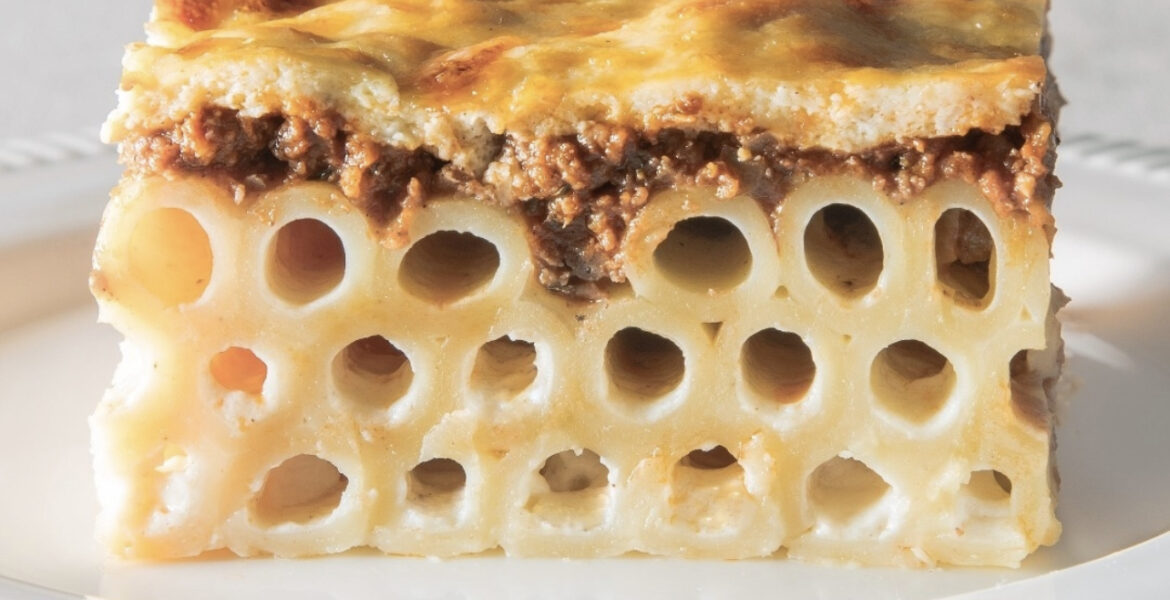Greece is ranked second only to Italy according to experiential travel online guide for traditional food TasteAtlas.com, well-known encyclopaedia of flavours, and ‘world atlas of traditional dishes, local ingredients, and authentic restaurants'.
TasteAtlas compiled the list of the ‘Best Pasta Varieties in the World’ which ranked 50 of the best-rated pasta varieties. As the only country, apart from Croatia, to have three entries on the prestigious list, Greece's pasta prowess is evident.
Among the esteemed Italian classics like tagliatelle, linguine, spaghetti, and ravioli, traditional Greek pasta varieties Trahana, Skioufichta, and Chilopites adorned the list, proudly claiming their spots.
These three beloved Greek pasta delicacies have earned global recognition and are hailed as world favourites. Join us as we delve deeper into the allure of these esteemed Greek pasta varieties that have secured their place among the world's best.
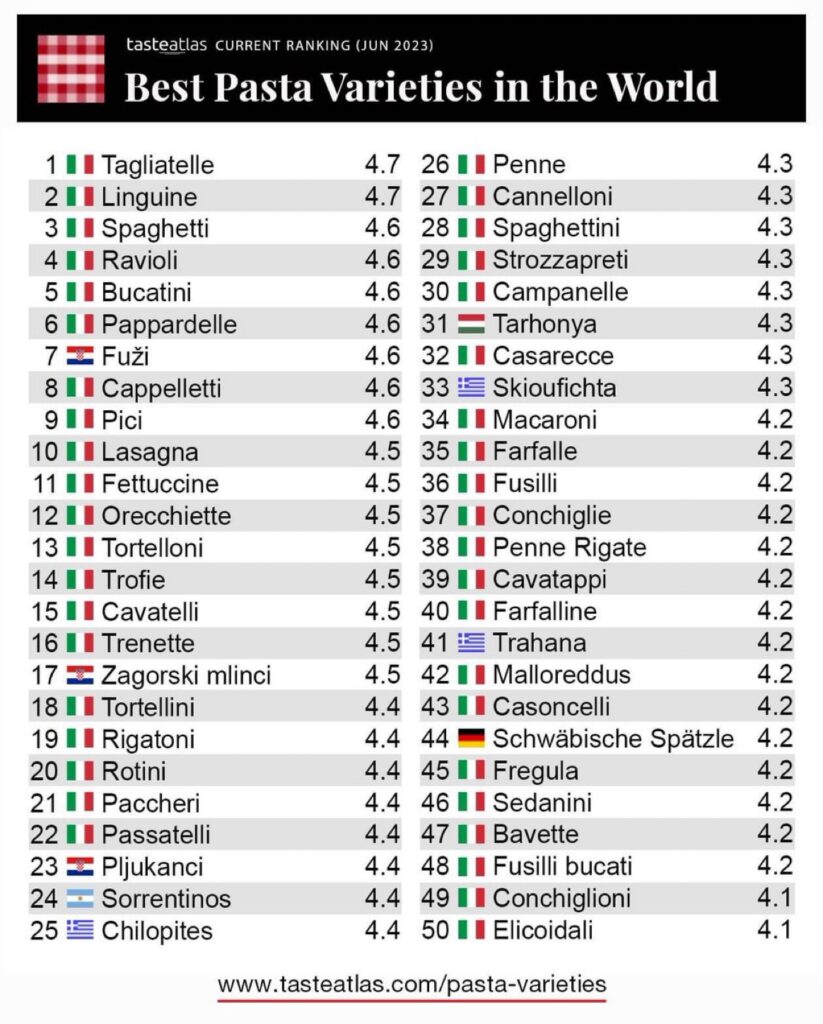
Trahana
Taste Atlas rates Trahana at an impressive 4.3 out of 5 stars. This traditional Greek pasta-like product is made by combining wheat with dairy products like milk, sour milk, buttermilk, or yogurt. It has a rich history, believed to have originated in ancient times as a means of preserving milk in the absence of refrigeration.
The preparation of Trahana involves ingredients like wheat flour, semolina flour, cracked wheat, or bulgur, with some variations including eggs. The mixture is traditionally sun-dried after being broken into uneven-shaped pieces or boiled to a porridge-like consistency and then dried.
Different types of Trahana exist based on the dairy product used, including sour trahana made with sour milk, yogurt, or buttermilk, and flour. Another variety, sweet trahana, is prepared using sheep's or goat's milk, or a combination of both, along with flour.
Greece also offers a fasting or dairy-free version called nistisimos trahana, where the flour is combined with vegetable pulp. Similar variations of Trahana are found throughout the Eastern Mediterranean, Southeastern Europe, and the Middle East.
Trahana serves multiple culinary purposes. In Greece, it is commonly cooked in water or stock and served with feta cheese, yogurt, and sautéed onions. It is added to various soups, stews, used as a filling for pies, vegetables (gemista), or dolmas, showcasing its versatility in traditional Greek cuisine.
Find our Greek City Times recipe here: Trahanosoupa Recipe: Trahana Soup with Homemade Trahana and Feta
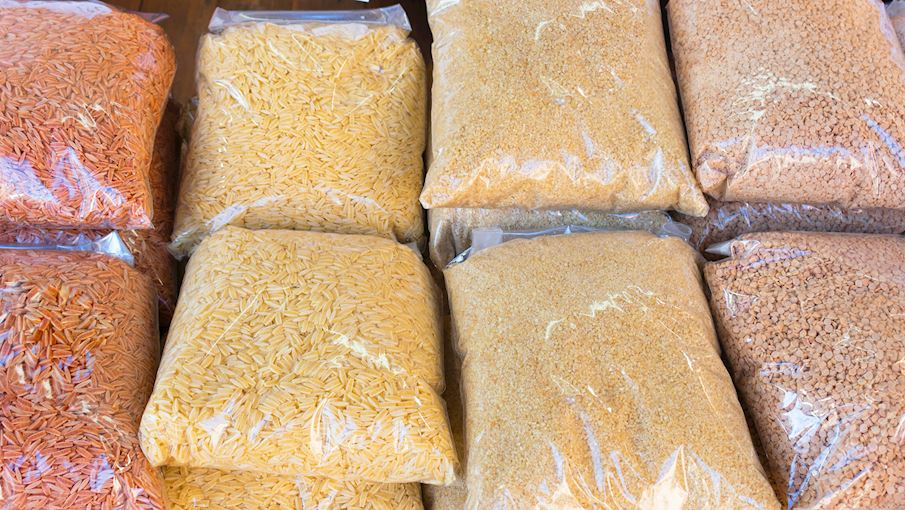
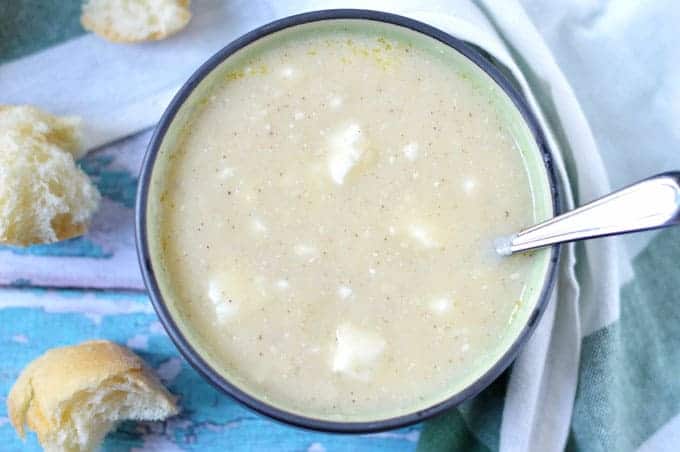
Makarounes
With a respectable rating of 3.8 out of 5 stars on TasteAtlas, Makarounes is a Greek pasta variety popular in the islands of the northeast Aegean Sea, particularly on Karpathos. Made from simple ingredients such as flour and water without the addition of eggs, the recipe for Makarounes varies from family to family, allowing for a unique touch in its preparation.
The pasta dough is rolled out and cut into long, thin strands, which are then further shaped into small pasta shells using one's fingers. Boiled Makarounes serves as the key component in a local pasta specialty that combines the shells with sautéed onions, garlic, butter, and generous amounts of grated local sheep's or goat's cheese, like myzithra.
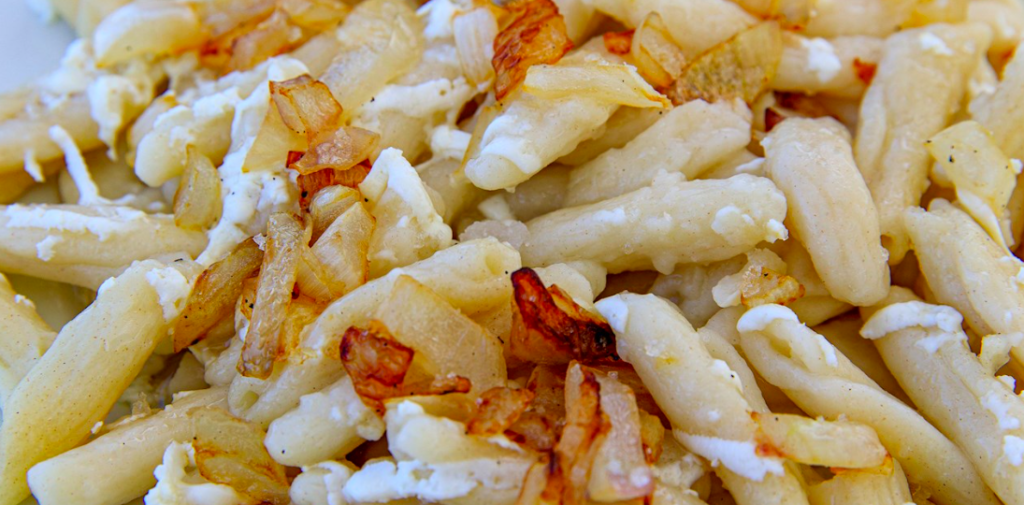
Skioufichta
With an impressive 4.3 out of 5 stars rating on Taste Atlas, Skioufichta stands as a traditional handmade Cretan pasta. Its preparation involves whole-wheat flour, salt, water, and olive oil or butter. The dough is rolled into thin strips and cut into pieces that are pressed and twisted using a spiral motion of the fingers, giving Skioufichta its distinctive twisted shape.
The name Skioufichta is derived from the Greek word "skioufizo," meaning to twist, which accurately describes the pasta's production method requiring expertise and skill. Traditional skioufichta recipes often involve "burning" the pasta in butter and generously topping it with grated anthotyro or myzithra cheese, creating a delectable combination of flavours.
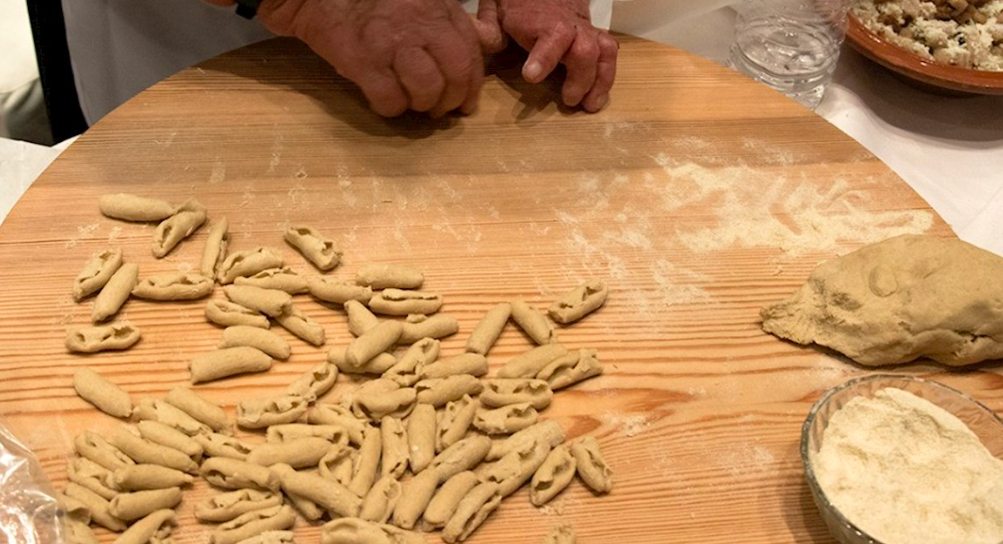
Photos thanks to TasteAtlas and Instagram.
Read also Untangling the Legacy: The Untold Story of Men's Long Hair in Greek History

